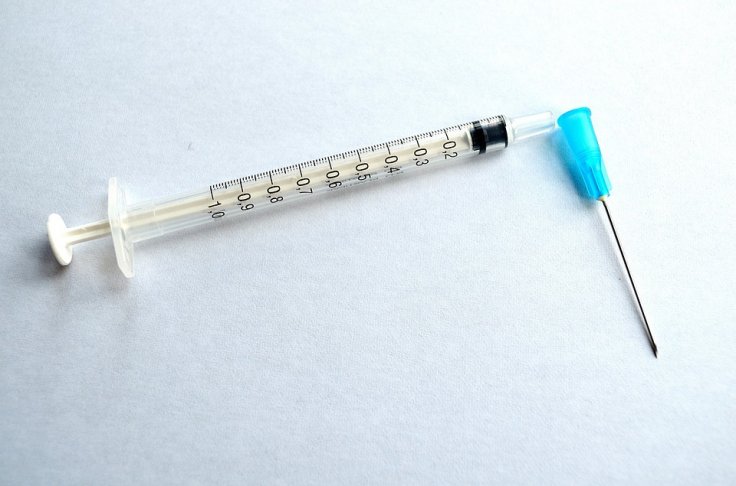
There is a ten-fold increase in people taking treatment for HIV infection in South Africa, the country with the fourth highest HIV rate, a Lancet report has suggested.
According to a study on a total of 730,882 individuals, a ten-fold increase was reported in the number of adolescents aged between 15 and 19-year receiving HIV treatment in South Africa.
At least 7.2 million individuals suffer from HIV in the African nation, the largest number of people living with the infection across the world, including many born with the virus.
The report said despite the rise, fewer than 50 percent receiving care successfully initiated antiretroviral therapy (ART).
Many children born with HIV survive into adolescence without treatment, while adolescents get infected via sexual transmission, with teenage girls having the highest HIV incidences in South Africa, thanks to prevailing gender inequality and sexual assaults.
"Barriers, including stigma and lack of confidence, prevent many from starting treatment despite a diagnosis," The Lancet cited lead author Mhairi Maskew from the University of the Witwatersrand in South Africa, as saying.
The growth in the number of adolescents on treatment is because of the success of South Africa's ART program, owing to which children infected with HIV as infants are now surviving into adulthood.
"Health systems should determine how best to meet the needs of this population because increasing testing and treatment may become critical to controlling the epidemic," the author suggested, adding the adolescent population on ART could double within five years if the country manages to treat 90 percent of all HIV infected.
The authors found that 54 percent among those entering care before the age of 15 years were female patients numbering 209,205.
However, 88 percent among patients entering care aged between 15 and 19 years were females, consistent with the higher rates of sexually-transmitted HIV infection and higher rates of care-seeking among young women compared to men.
Human Immunodeficiency Virus that weakens the immune system, sometimes leading to AIDS, attacks CD4 cells and exposes the infected person to opportunistic infections.
The virus if detected early can be prevented from progressing to the final stage of AIDS through proper treatment and medical care.
While HIV is majorly a sexually transmitted disease, the virus can also be transmitted through blood transfusion and during birth or breastfeeding, apart from other means.
The study, however, concluded that many adolescents seeking care do not start ART, suggesting an urgent need for interventions to increase uptake of ART and improve services for HIV infected population in South Africa.









